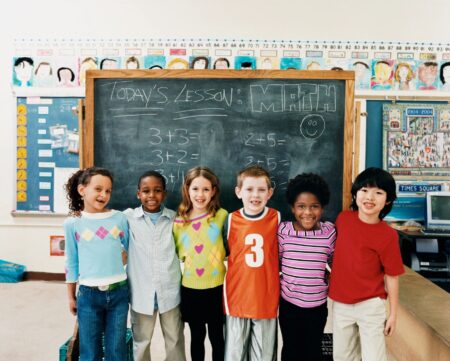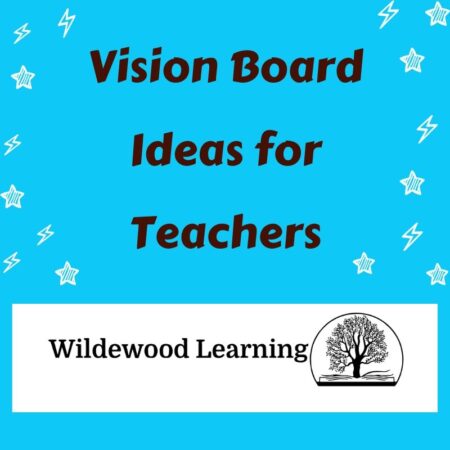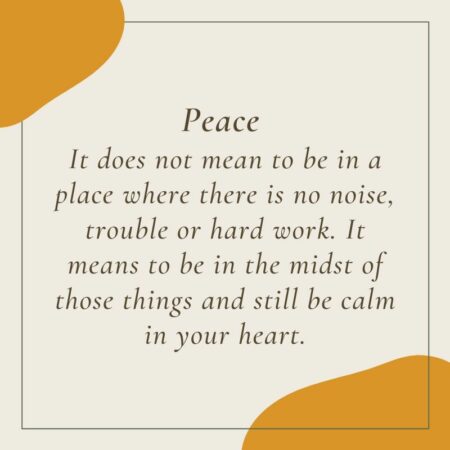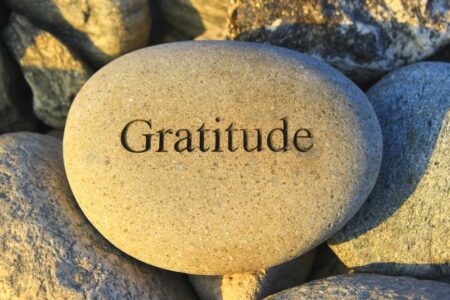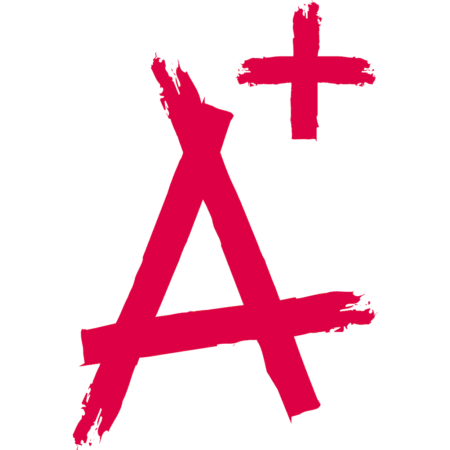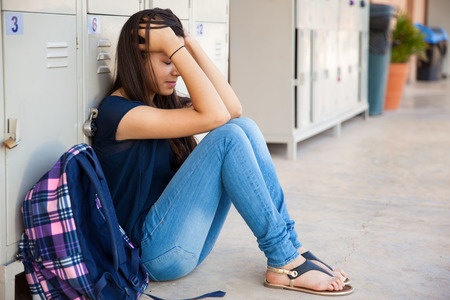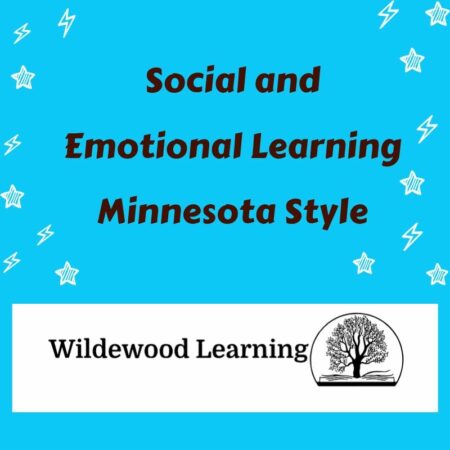Our refrigerator has more uses than just keeping food cold. It’s my billboard for reminding me how to keep sane with all that goes on in my life. This makeshift “board” in the kitchen holds various reminders that keep me from losing my cool and help me stay focused on what is important in life.
My life can feel like chaos theory in action. I’m involved with our two active teens at home, helping our two young adult children navigate life, teaching, and trying to have some time with my husband. With all that’s going on in my life, here are my top three secrets on how to create mindful moments for myself. Mindful moments allow me to have the energy to support others in my home and my work.
Secret #1
The first secret is to know the definition and feeling of Peace. I have the following quote on my fridge door:
Peace – It does not mean to be in a place where there is no noise, trouble or hard work. It means to be in the midst of those things and still be calm in your heart.”
This simple refrigerator magnet reminds me to be in the moment. I need to stop and breathe, recognize that the only moment I have is this moment. Then ask myself, “how do I want to spend this moment?” The practice of mindfulness has helped me to pay attention to the heartfelt intention toward myself and others. I say practice because that is what it is, doing the same thing over and over within myself.
This morning I noticed that my son was very slow in getting up for school. In the past, I would have been loudly encouraging them to “get a move on and daylight is burning.” I would yell this up the stairs. This morning I reminded him of the time and when his friend was coming to pick him up. Then I went about making my breakfast. It was hard to not keep reminding him to hurry, but I stopped myself, took a breath and ate my eggs. He made it on time!
Secret #2
There are days when I can’t calmly take in the behaviors of my teens. This is when I use my second secret, giving myself an Adult Time Out. When the kids were younger, we had a “time out” chair for them. Out-of-hand behaviors got them a few minutes in the “time out” chair to calm down. Now they are a little big for the time out chair and yet there are moments I wish I could return them to that spot. I am now the one that takes the time out.
In moments when my emotions are so heightened, I grab my journal and my needs and feelings cards off the top of the fridge. In a state of heightened emotions, I head to our bedroom for a little Adult Time Out.
What do I do there? I take out my feelings cards and go through them searching for the feelings I am currently having in my mind and body. I lay the cards out and ask myself, “What was I needing at that moment from myself and from others around me?” I quickly shuffle through the needs cards to search for those needs that resonate with me. Then I journal.
Sometimes my handwriting is large scribbles and heavy-handed. As I exhaust my emotions onto the page, my energy changes and so do my words, taking me to a place of calm. Calm enough to move from the bedroom into a discussion with those around me, I share what I needed and was feeling in the moment.
For times when I am not able to get away, I use another form of the Adult Time Out. I hum upbeat songs under my breath and busy my hands washing dishes or with some other task. This helps me to check in with myself and allows me to take a step back from the problem.
Secret #3
My final secret is the process of stepping back and taking a view from the balcony. I keep a poster on the front door of my fridge: “Not My Circus, Not My Monkeys”. The poster is a reminder that many of the conflicts and problems my teens encounter are not mine to own. The problems are theirs, and they need to solve them. Sometimes the solution comes through the valuable lessons learned from making mistakes. They will fail, begin again to become resilient adults.
We were at our lake cabin this past summer and I was walking with my sons in the woods. They were ahead of me arguing about something. At one point I wanted to step in and beg them to stop. Instead, I hung back on the trail and watched the conversation. Recognizing that this conversation was not “my circus,” even though they were “my monkeys”. Finally, the discussion ended and we were back on the trail heading for home with a whole new topic of discussion. I allowed my teens to come to the conclusion that they can agree to disagree.
Being a parent and teacher has been a journey of self-discovery for me. I have found myself learning more about how I want to show up in the world, My three secrets of being mindful, Adult Time Outs and removing myself from the circus have helped to keep me in the present moment. Knowing that all I really need is right here and right now.



